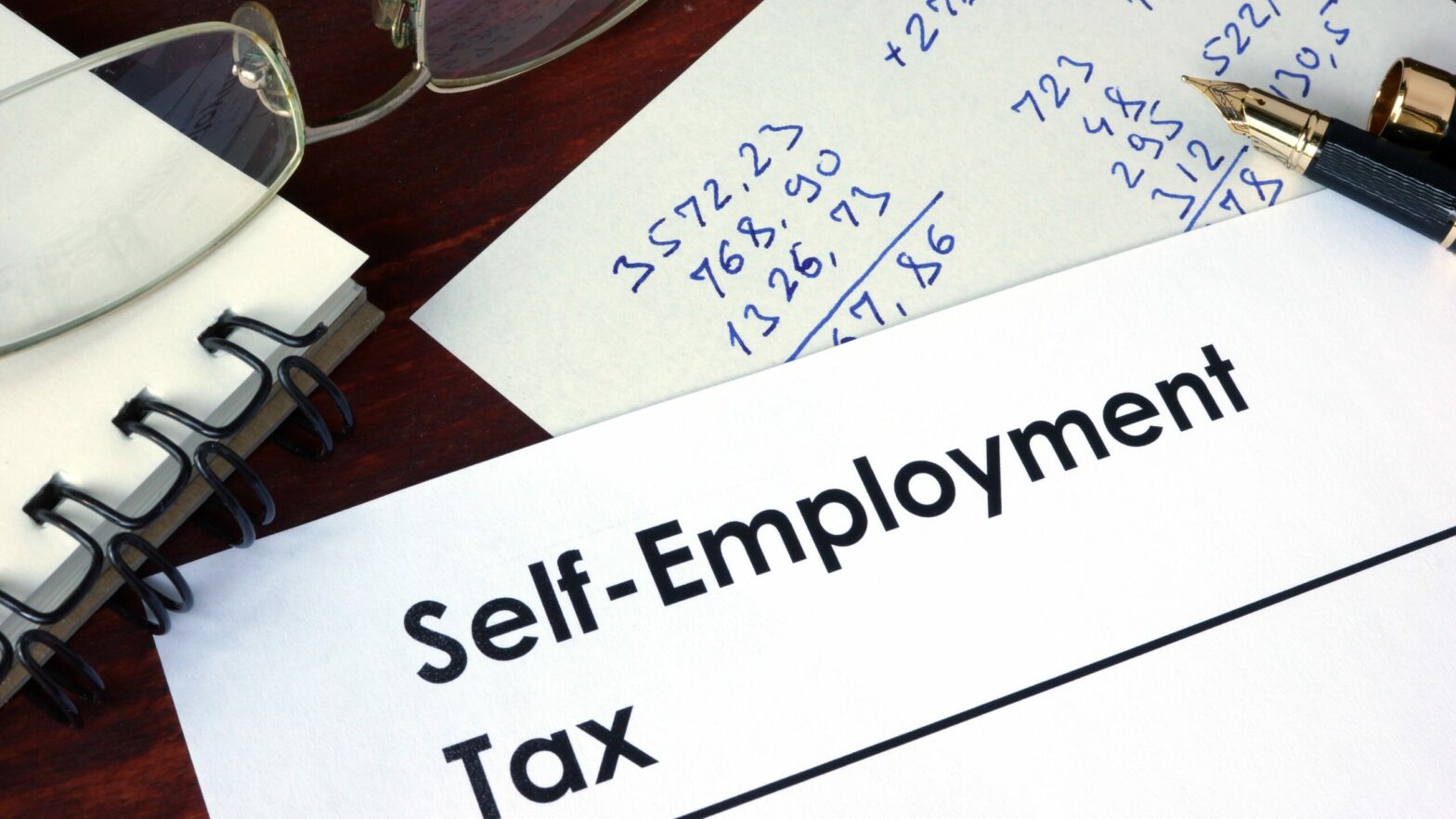Whether a sole trader or a company, there are tax and administration steps to consider if you are thinking about ceasing trading.
For example, if you are a sole trader, you would need to do a tax return for the final trading period and notify HMRC through your return that your business has ceased.
On the other hand, if you have a company, you will need to consider whether to apply to Companies House for an informal strike off or a members voluntary liquidation. Both options will be discussed further below so you can work out which applies to your company.
Sole trader ceasing trading
Any final earnings within the business would, of course, be taxed on you as normal at 20, 40 or 45 per cent rate. If you incurred a loss, it is possible to carry that loss back. As you are ceasing trading, you can either carry the loss back as per usual to the previous year and offset against all other income, or you can consider terminal loss relief.
In terminal loss relief, you can carry the loss back three years – although this would only be against trading income rather than all income. You can use either option or a mix of both when ceasing trading. After applying your loss relief accordingly, you should consider if a refund of class 2 or class 4 National Insurance also applies.
After you cease trading as a sole trader, any assets sold that were linked to your sole trade will usually qualify for business asset disposal relief and be taxed at a more favourable rate with Capital Gains Tax due at 10 per cent. Conditions apply, and usually the business would need to have used the assets for at least a year before sale and for you to have been running your business for at least two years.
Informal winding up
Under this option, the company would need to write to Companies House and request an informal winding up. To qualify, the company must be solvent and have simple affairs, not having changed its name, or trade in the previous three months. The company would also need to pay all debts prior to winding up, closing the company bank accounts, and transferring all assets to the shareholders. This option is only beneficial if the business is small with reserves under £25,000. This is because any distribution of £25,000 or under would be taxed as a capital gain, and assuming it qualifies for Business Asset Disposal Relief, would be taxed at the more favourable rate of 10 per cent. Any amount more than this would be taxed as dividend income. There are a number of qualifying criteria in order to be eligible for business asset disposal relief, but some key ones are that for at least two years before disposal you would need to be an employee or officer of the company, hold at least 5 per cent of the share capital and the company has been trading.
Members voluntary liquidation
Under a members’ voluntary liquidation, the company has to be solvent and appoint a liquidator who would usually sell all assets, pay all debts and return surplus cash to shareholders. Any distribution paid before the liquidator is appointed is treated as a dividend, and any distribution post appointment of the liquidator is capital distribution potentially qualifying for business asset disposal relief and taxed at just 10 per cent. The same conditions as listed under informal winding up apply.
Corporation Tax – terminal loss
If a company makes a trading loss in its final 12 months of trading, then the loss could be carried back up to three years from the date before the final 12-month period started. If the final accounting period for the company is from 1 January 2025 to 31 December 2025, the three-year period for this terminal loss relief will be from 1 January 2022 to 31 December 2024. Terminal losses can only be carried back and used against previous trading losses. It is also possible for the company to carry back any trading losses previously carried forward after 1 April 2017 under CTA 2010, s 45, ss 45A-45B. These losses can only be carried back three years with restrictions including they can’t be carried back to years before April 2017 and cannot be carried back to a year before the loss was incurred and carried forward.
Other considerations
If the company holds excess cash before winding up, it is worth considering applying for clearance from HMRC that the company would still qualify as a trading company for business asset disposal relief.
If you are a shareholder, and neither you or a person connected to you were employees of the company or a connected company, you may be able to claim investors relief instead of business asset disposal relief. Any gain under investors relief would still be taxed at 10 per cent.
Emma Twynholm is a tax manager in the tax department at Hillier Hopkins





